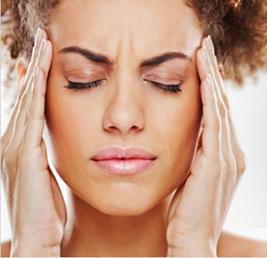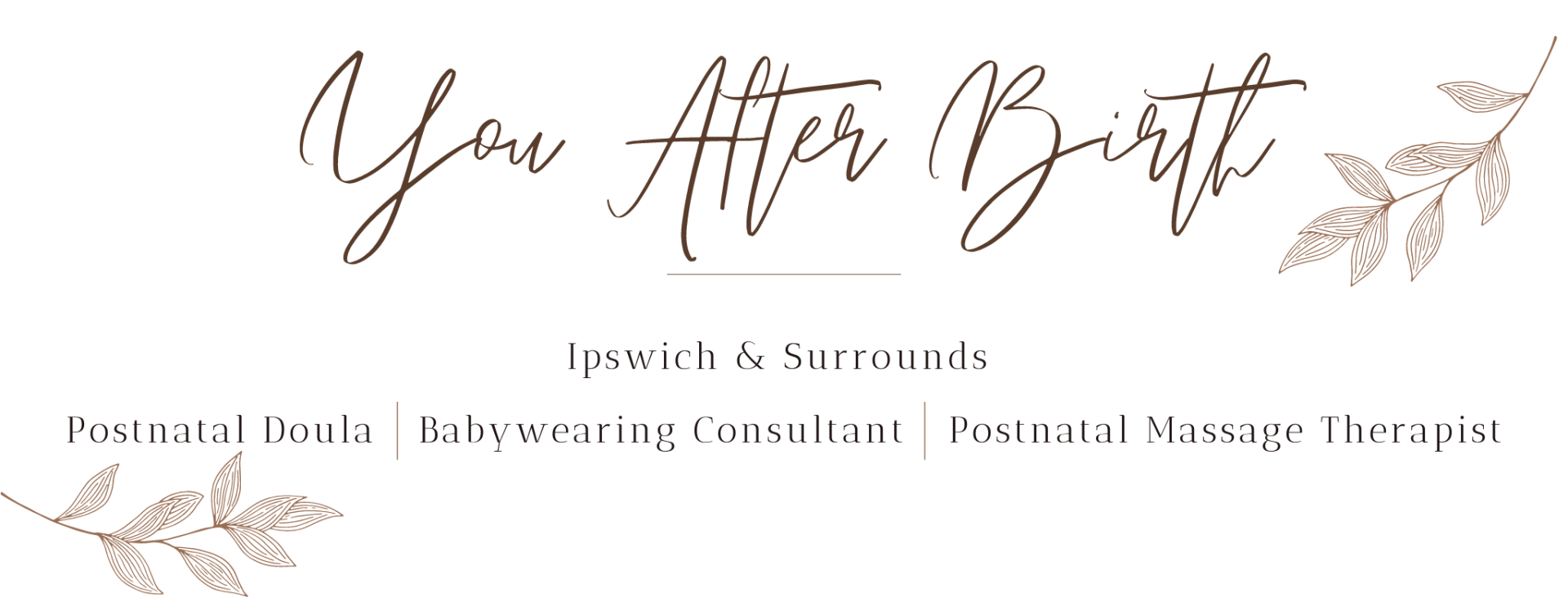Prolonged or Repetitive Postures
Part of the overall picture of postural syndrome, computers, driving and other western work postures that are usually prolonged or static postures can cause flattening of the neck curve, overuse and fatigue of your neck muscles, joint stiffness, poor blood flow leading to stiffness and pain.
Whiplash
This commonly follows a car accident in which the person’s car is hit from behind while it is stationary or slowing down. The person’s head is first thrown backwards and then when their body stops moving, the head is thrust forward. This type of injury can strain your neck muscles and cause ligaments in the neck to stretch or tear.
The pain from whiplash, which is usually worse with movement, does not always start immediately — it may take several days to come on. Neck pain and stiffness may be accompanied by muscle spasm, dizziness, headaches, nerve pain and shoulder pain.
Muscle fatigue, strain, overactivity
Ongoing overuse of your neck muscles (which can be caused by a poor neck position during everyday activities, particularly computer work) can trigger neck muscle strain, causing chronic neck pain and stiffness. The pain is often worse with movement and may be associated with headaches, muscle spasms and restriction of neck movements.
Degenerative Disc Disease
As we grow older, the soft gelatinous centre of the shock-absorbing discs in our spines dries out. This causes the discs to become narrowed, and the distance between the vertebrae to decrease.
Herniated Disc
If the tough outside layer of one of the cervical discs tears, the soft gelatinous centre may bulge outwards — this is known as a herniated disc. Herniated discs can put pressure on nerve roots as they leave the spinal cord, causing pain in the neck as well as pain, numbness and weakness in the arms.
Cervical Spondylosis
This degenerative condition of the cervical spine is due to normal ageing and wear and tear on the cervical discs and the vertebrae. It is also known as cervical osteoarthritis, and is more common among older people.
The development of bone spurs often accompanies this degeneration of the spine. Bone spurs, also known as osteophytes, are small outgrowths of bone tissue that are formed when the cartilage covering bone is worn away and bone starts to rub on adjacent bone. The bone spur is the body’s attempt to protect the bone surface. Unfortunately, the bone spur can sometimes pinch or press upon the nerve roots as they leave the spinal canal.
Symptoms associated with cervical spondylosis include neck pain and stiffness that often improves with rest. The pain may radiate to the shoulders or between the shoulder blades. If there is nerve root compression, there may be numbness, pain or weakness in the arms.
Cervical Stenosis (Central Canal or Foraminal)
The word stenosis simply means “narrowing”. Degenerative changes in the vertebrae can lead to narrowing of the canal in which your spinal cord or nerve roots lie — this is known as cervical stenosis. As the canal becomes narrower, it can put pressure on the spinal cord or nerve roots. The associated neck pain is usually worse with activity, and may radiate to the arms or legs. Arm or leg weakness can also occur. Sometimes people with cervical spinal canal or foraminal stenosis have no symptoms. Occasionally, it may give rise to Lhermitte’s sign — an electric shock-like feeling down the body when the neck is bent forward.
We CAN Help!
Your Physio will be able to determine the likely cause of your neck pain from your history and physical examination and most patients will recover fully from a short course of physiotherapy. We are also highly skilled in determining whether the cause of your neck pain is mechanical in origin which means we will be able to fix it or flag those causes which are beyond the normal scope and we will then likely send you for tests such as X-rays, MRI scans etc and may recommend other health professionals get involved to find the exact cause of your symptoms if it is chronic or severe.
Call one of our friendly staff today on 3470 1589
to experience healthcare that cares and get that neck sorted! 







































